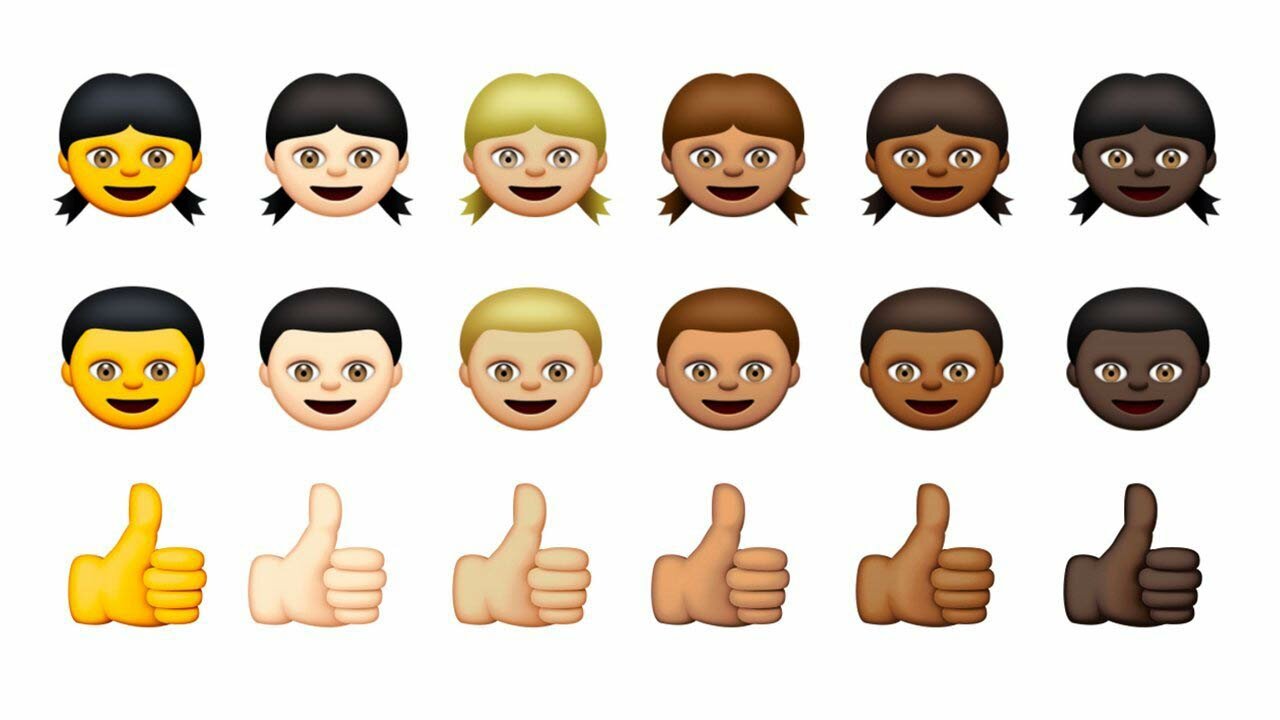Male, female emoji’s about to change
By Mashable Technology
There are currently no emoji for people who don’t identify as male or female — but that could change very soon.
Unicode’s draft emoji list for new emoji releases contains three gender inclusive emoji, which — if approved in their current state — could come to most phones by the end of the year.
The proposed emoji depict a child, adult and an older person with “gender inclusive visual attributes.” According to the proposal, the emoji are “open to interpretation in terms of gender without implying masculine or feminine gender explicitly.”
IMAGE: EMOJIPEDIA
The proposal was put to the Unicode Consortium by Paul D. Hunt, a typeface designer and font developer at Adobe who’s also a member of the consortium’s emoji subcommittee. His proposal made it to Unicode’s “Emoji Version 5.0” list — the draft list of new emojis planned for release in mid-2017.
“I proposed the addition of the gender inclusive emoji characters in order to provide better representation for people who want to express themselves in emoji as exactly that: just people,” wrote Hunt in a blog post.
“Not everyone identifies as male or female. Some of us identify as a bit of both, or neither, or something else altogether. Regardless of your gender identity, I hope we can all find adequate ways to express ourselves in emoji,” Hunt said.
Emoji haven’t always been gendered, however. In fact, due to the low resolution displays of mobile phones in the early 2000s, the earliest emoji were actually pretty abstract and gender information was vague and “open to interpretation by the user.”
According to Hunt, it was only when Apple introduced the iPhone in 2007 that designers took the opportunity to use the screens’ fine resolution to include more visual information in their imagery.
“One aspect of this added detail was to give explicit gender to many emoji characters that were previously agender or ambiguously gendered in other emoji sets,” says Hunt.
So, Apple’s police officer👮 and construction 👷 worker became men and characters having 💇 haircuts and 💆 massages became women.
Google sought to bring gender equality to emoji keyboards by advocating two gender options — male and female — for all emoji that appear as human. But Google conceded that these binary emoji options didn’t go far enough.
Jeremy Burge, founder of Emojipedia, wants to see more emoji choices so people feel represented. “While it’s not possible to include an emoji for every human appearance, I’m in favour of seeing more people have choices that represent them!” says Burge.
Hunt hopes to continue adding more gender options in order to “celebrate our unity and our diversity.” He says the addition of three gender inclusive people emoji is just a first step. And, it’s certainly a big step in the right direction.






